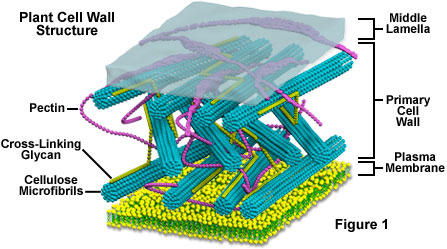Plant cells interesting
features
Plant cells are eukaryotic
but have no centrioles and contains these interesting features such as:
Cellulose cell wall- A strong
barrier on the outside of the cell membranes. it is composed of a polysaccharide
called cellulose. it proves shape and rigidity
to the cell.
Large permanent vacuole- A
large central sac surrounded by a membrane known as a tonoplast and it principally
contains water, the main function on the vacuole is to increase turgor pressure
i.e. the extent to which cells are
filled with water.
Chloroplasts- Is an organelle containing fluid stroma and a
network of membranes thylakoids which are stacked as grana, The organelle
responsible for photosynthesis.
**REMEMBER TO STAY POSITIVE LIKE A PROTON!!**




